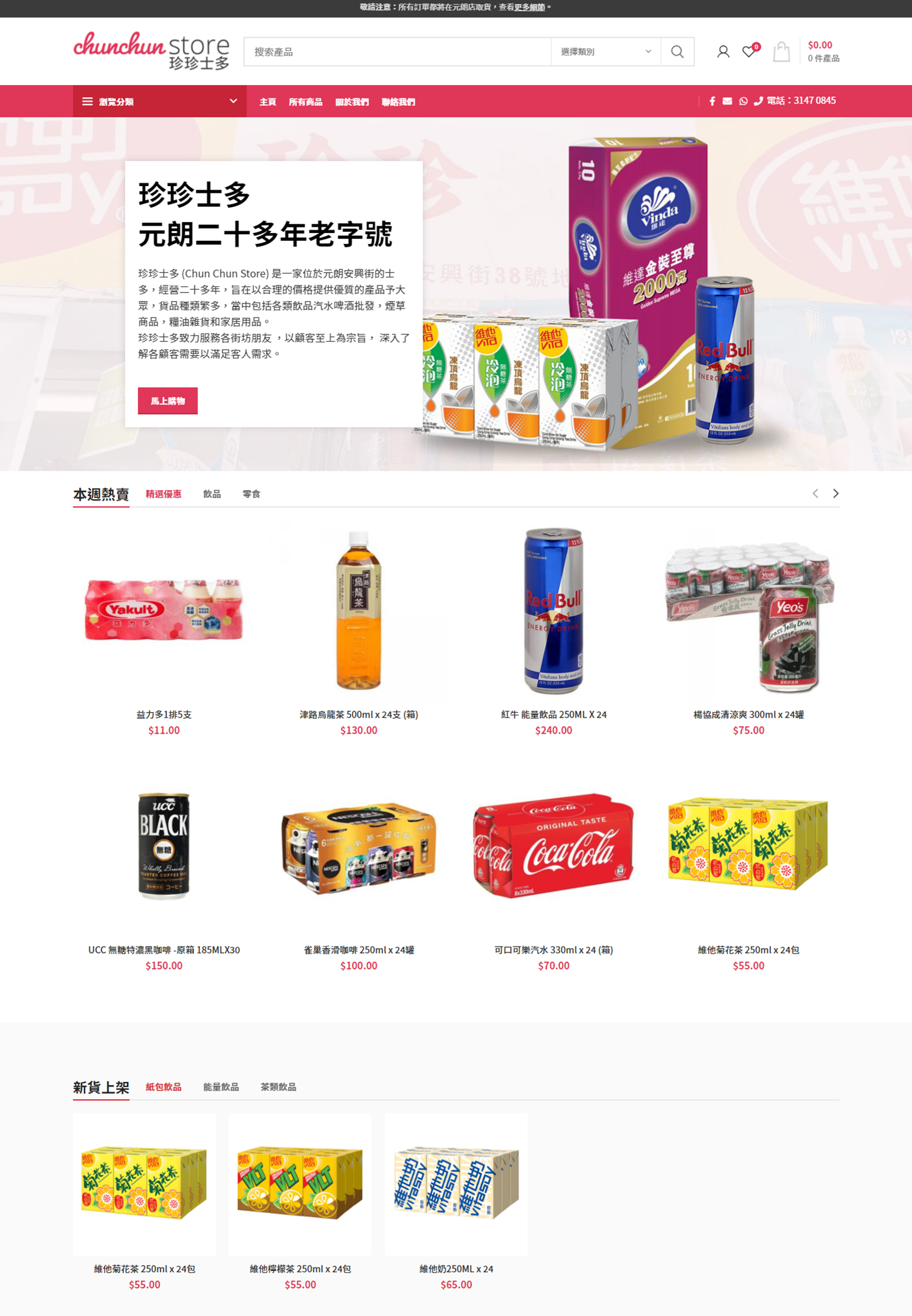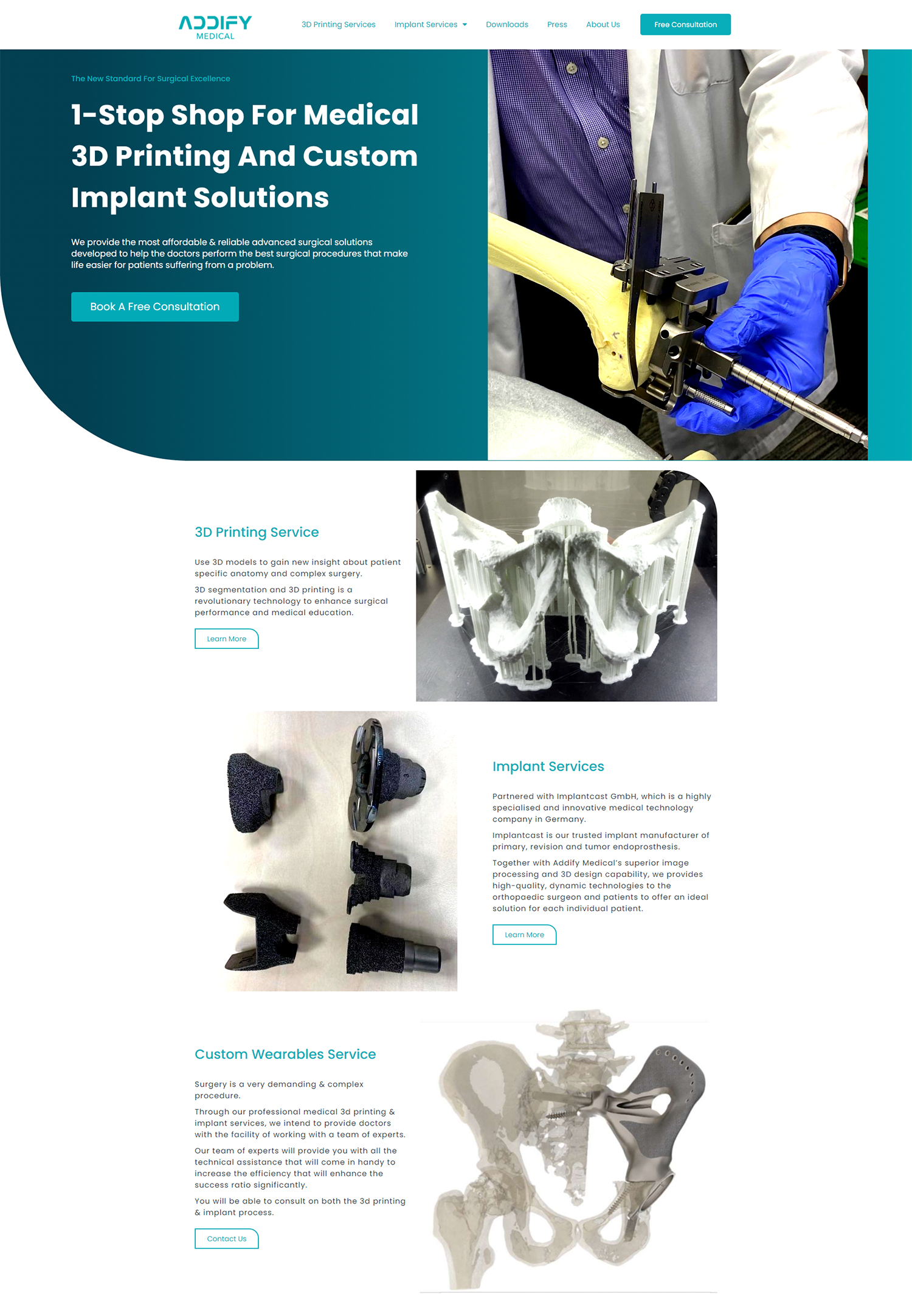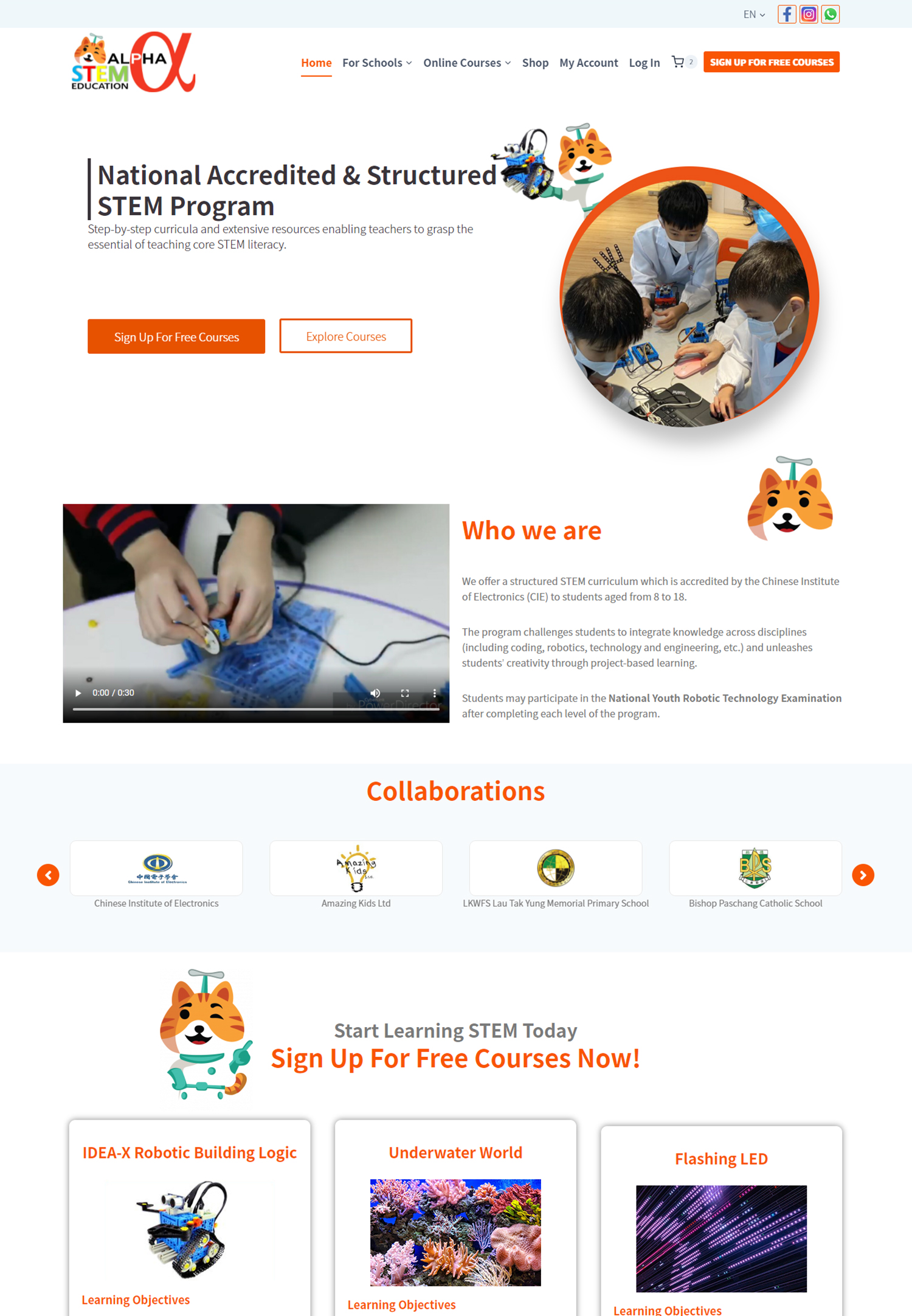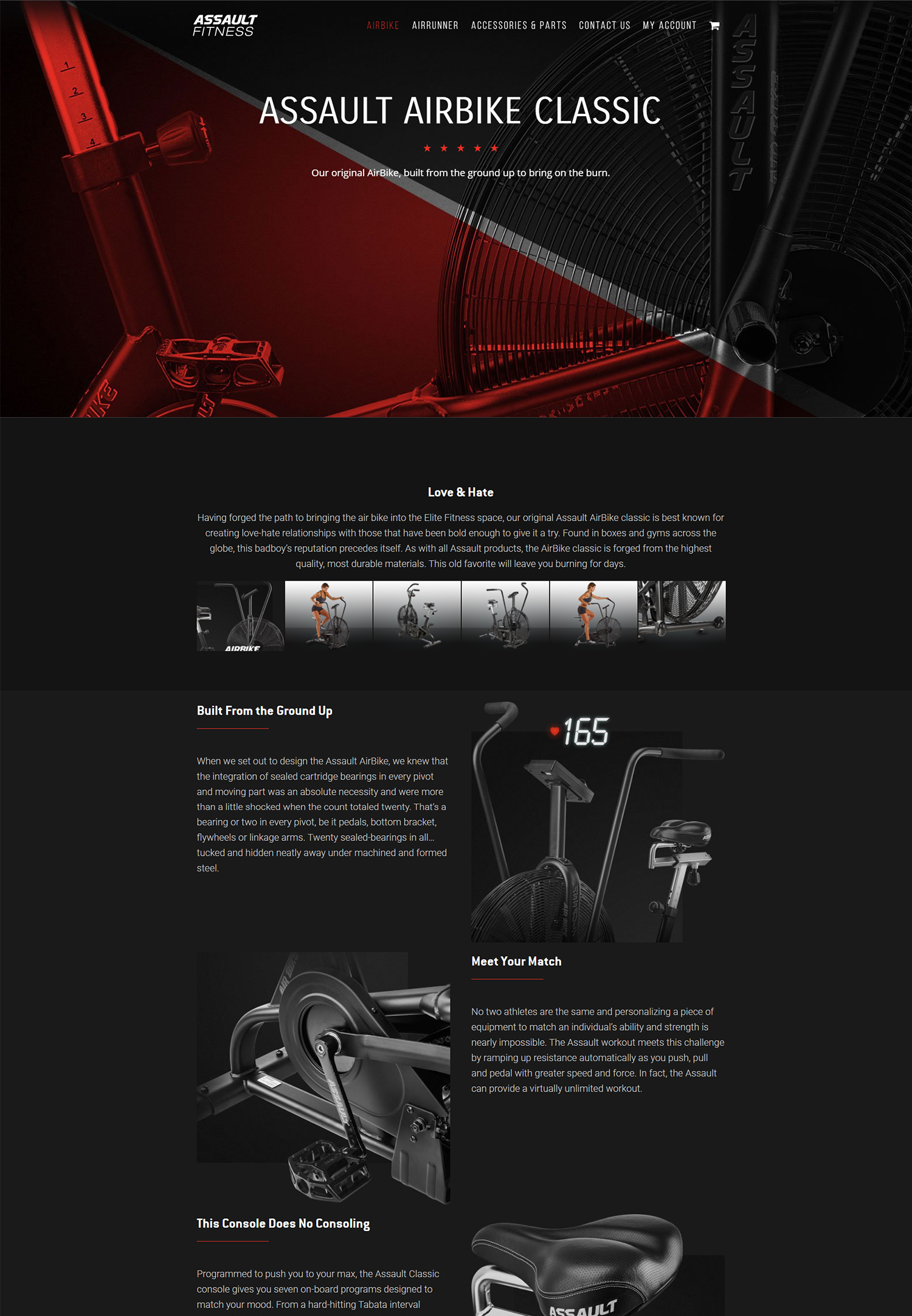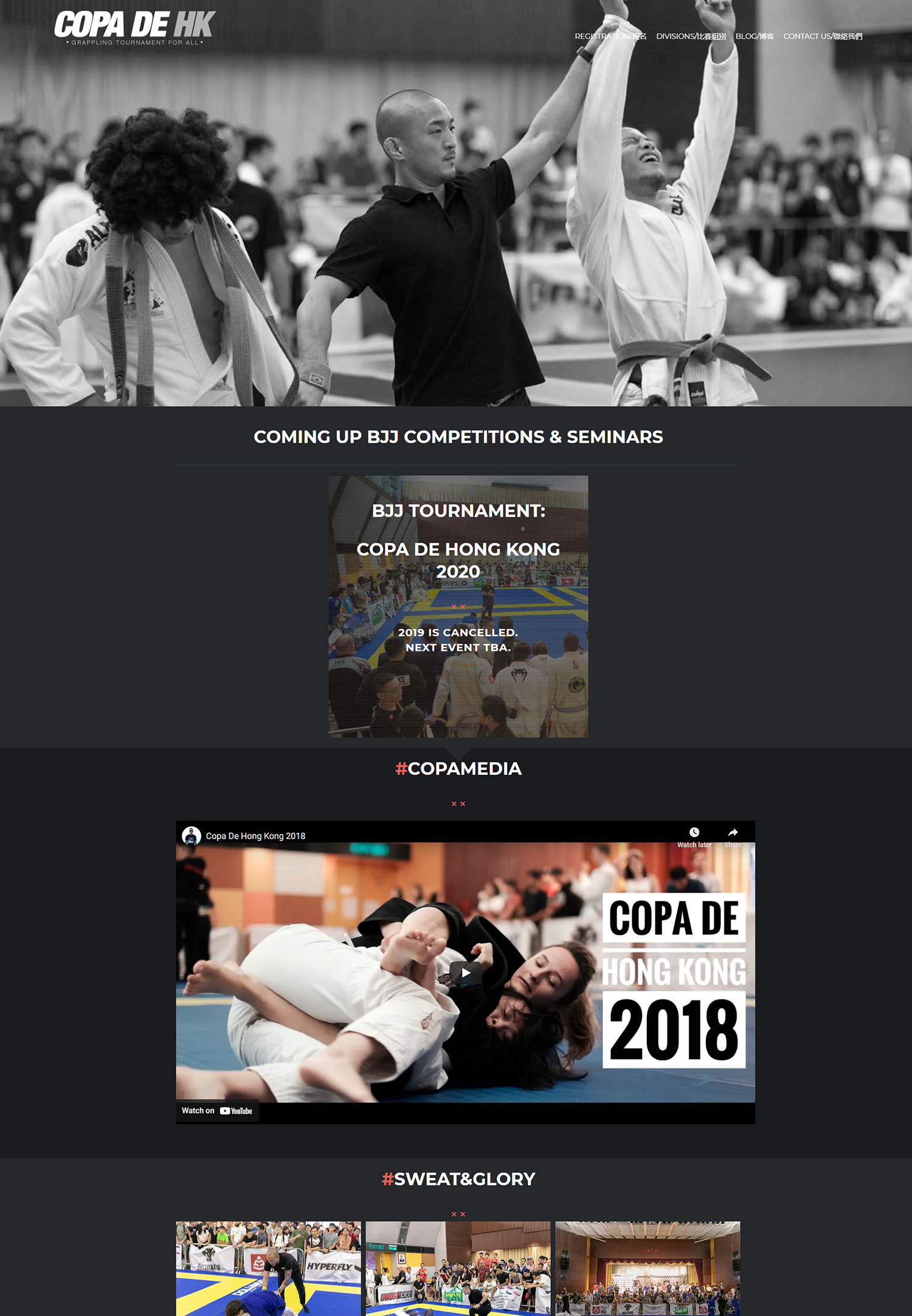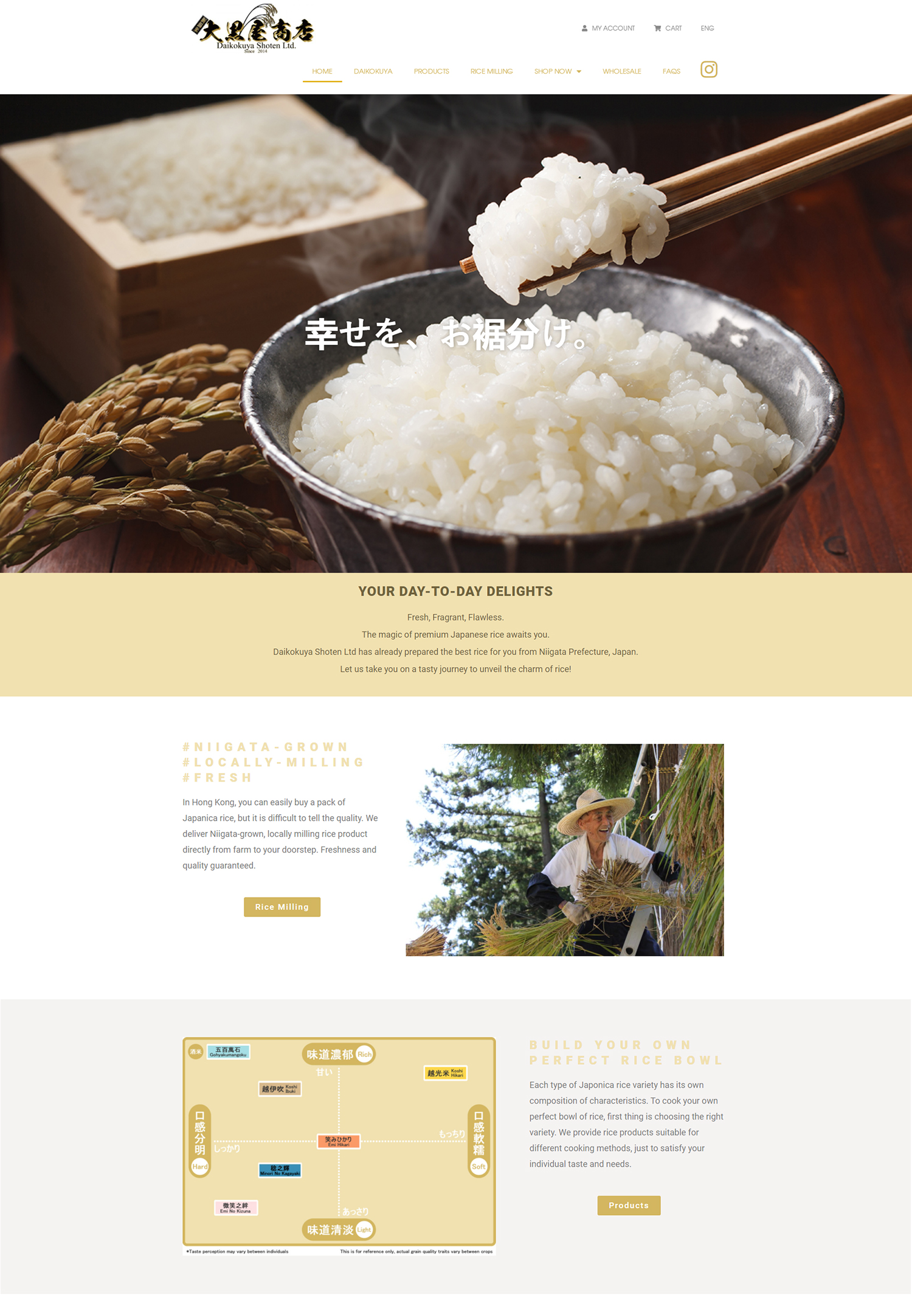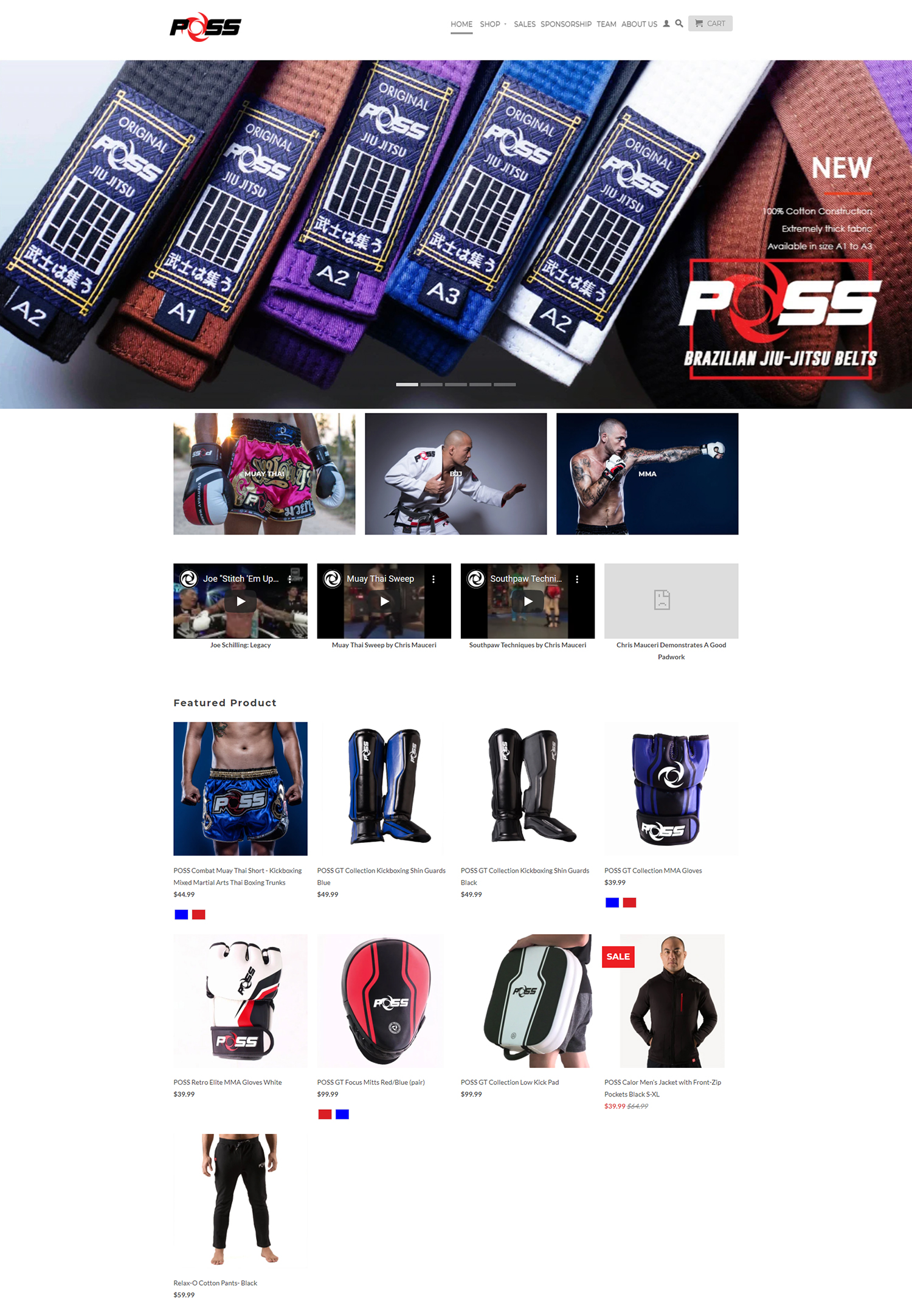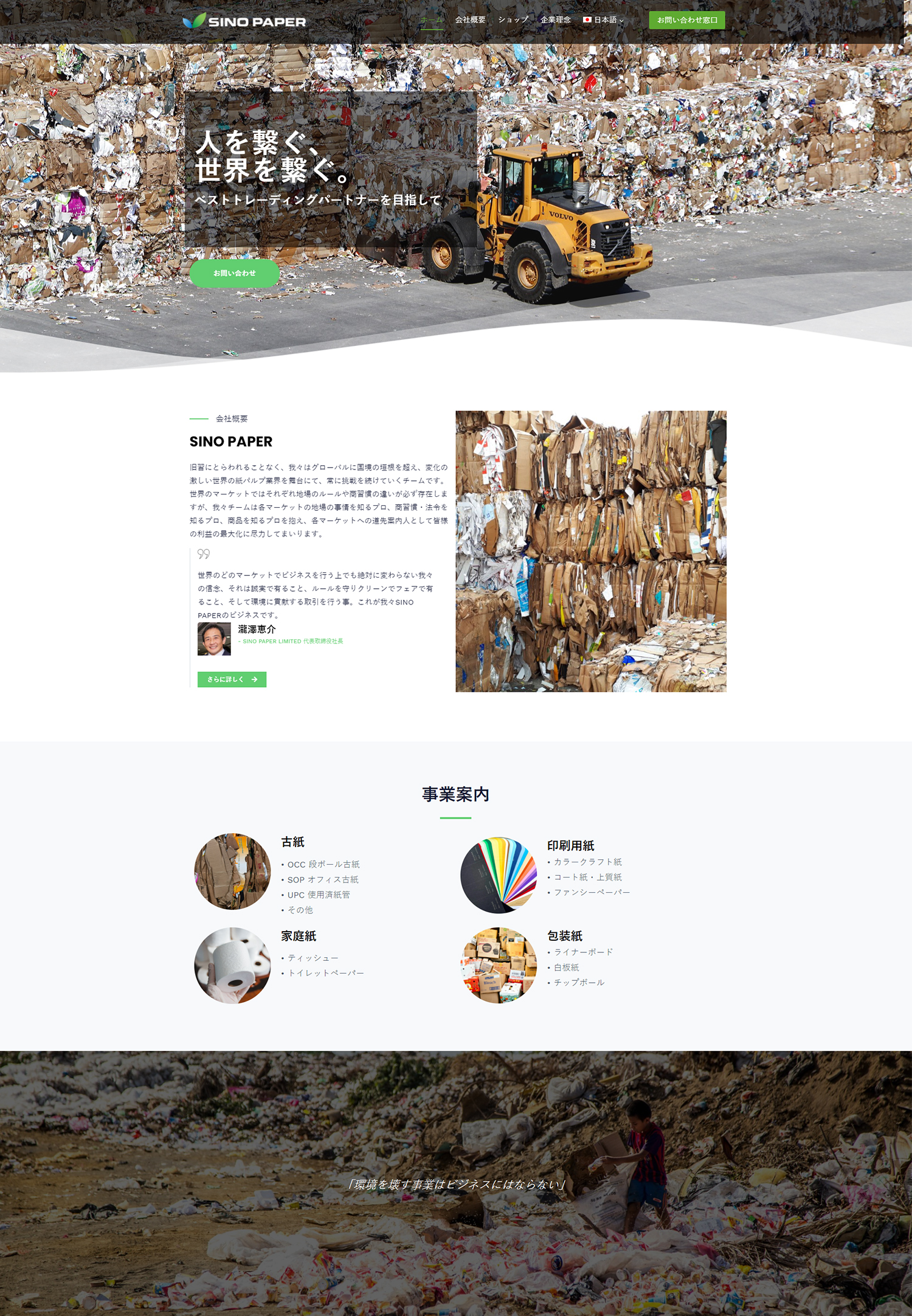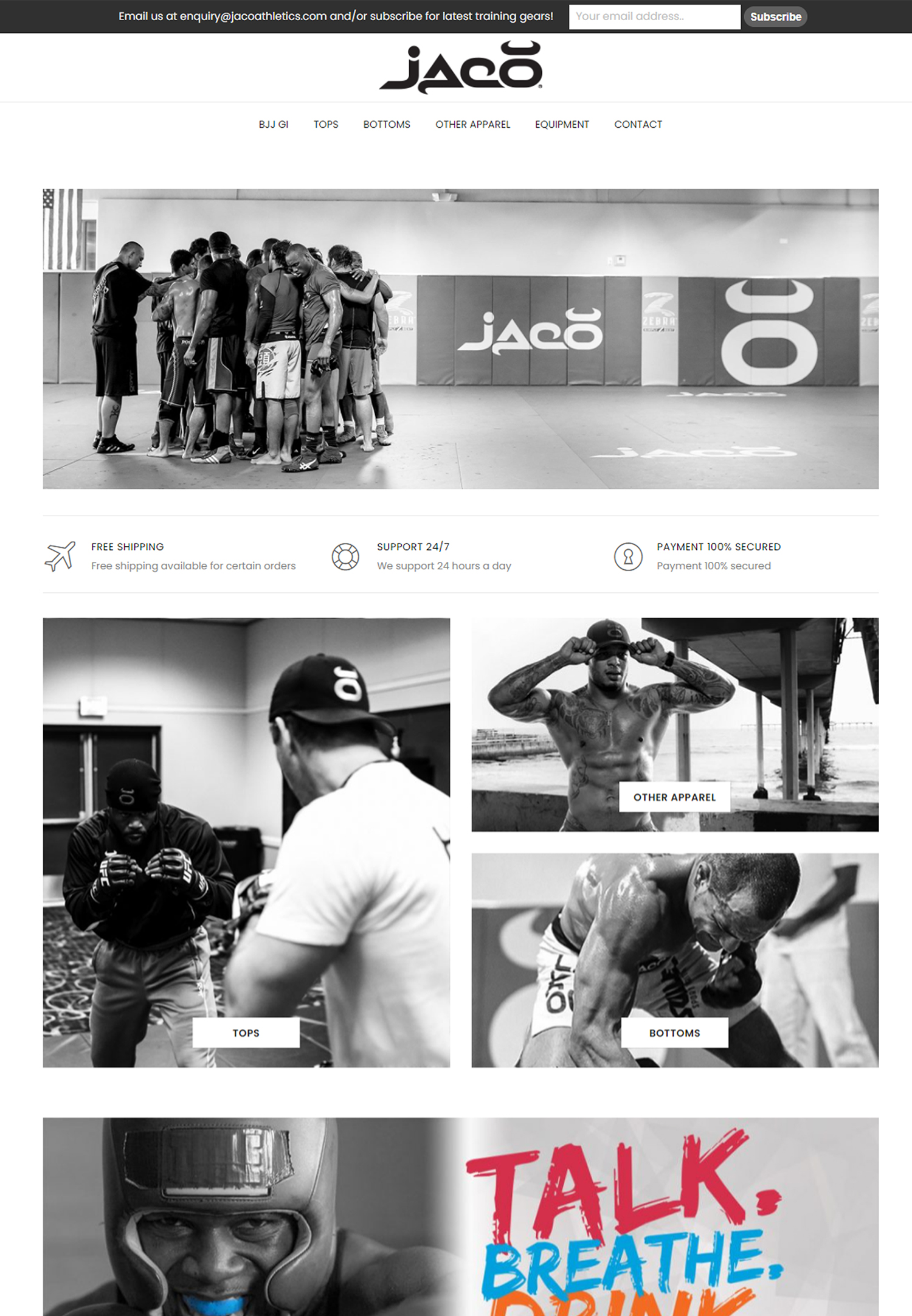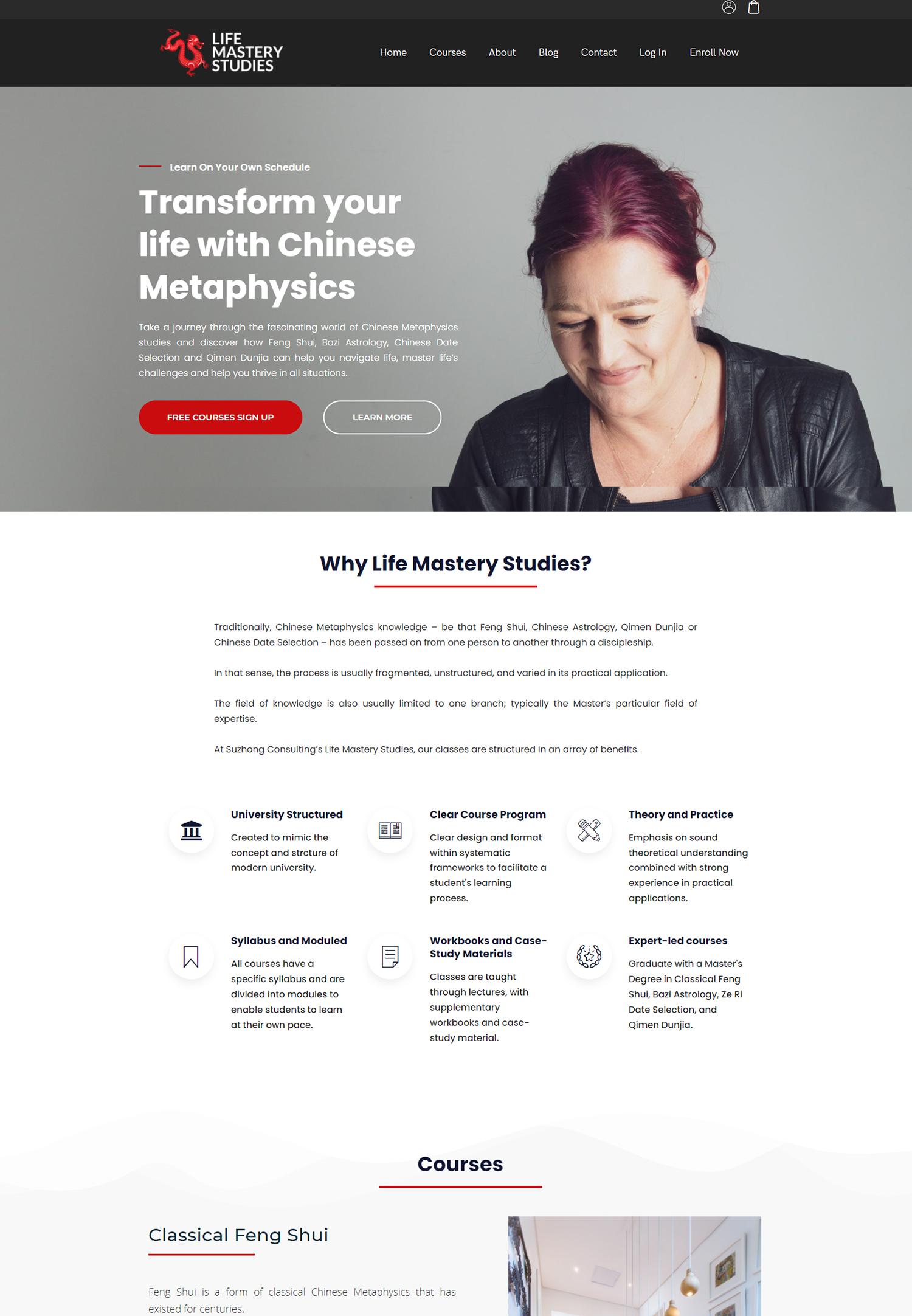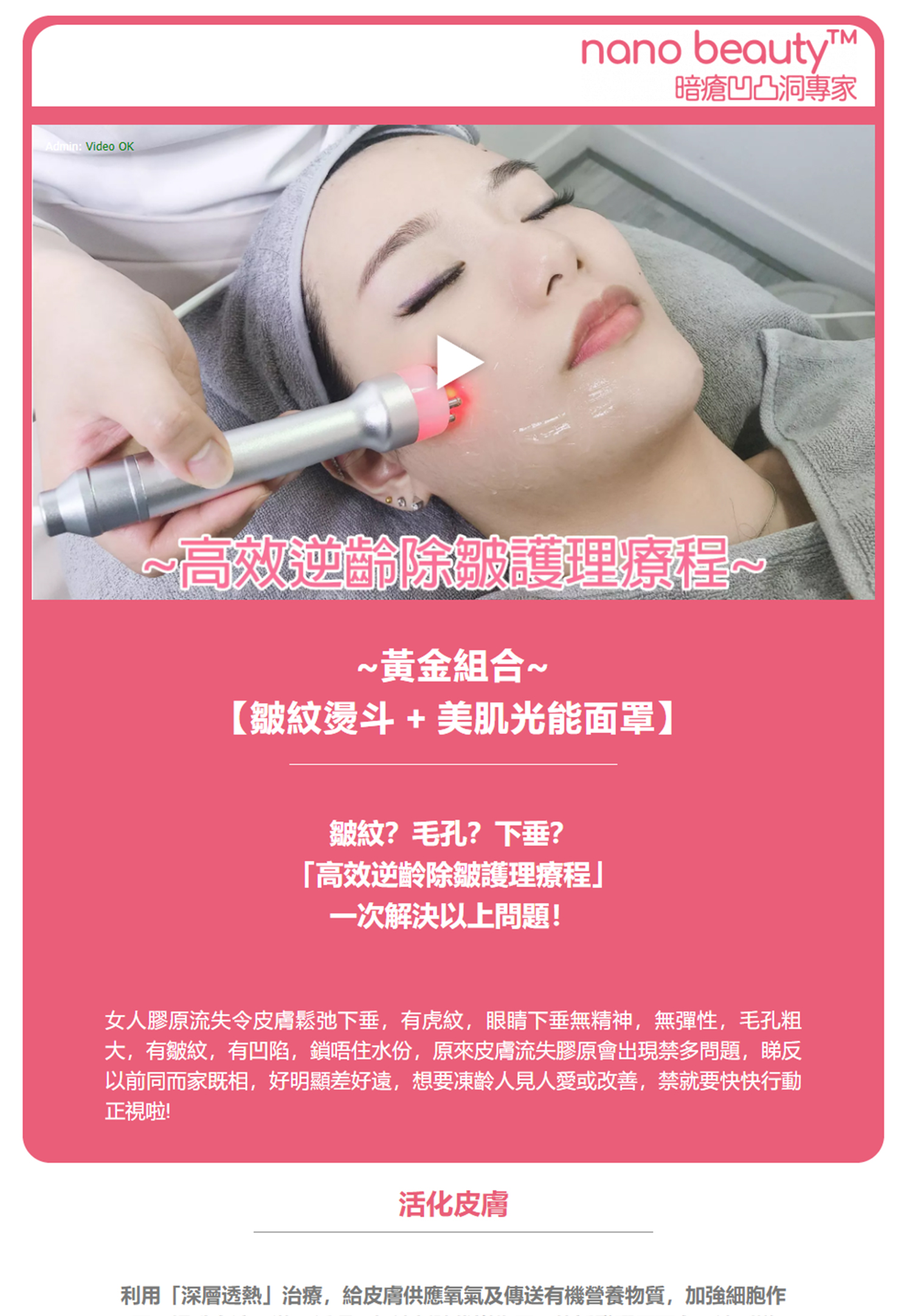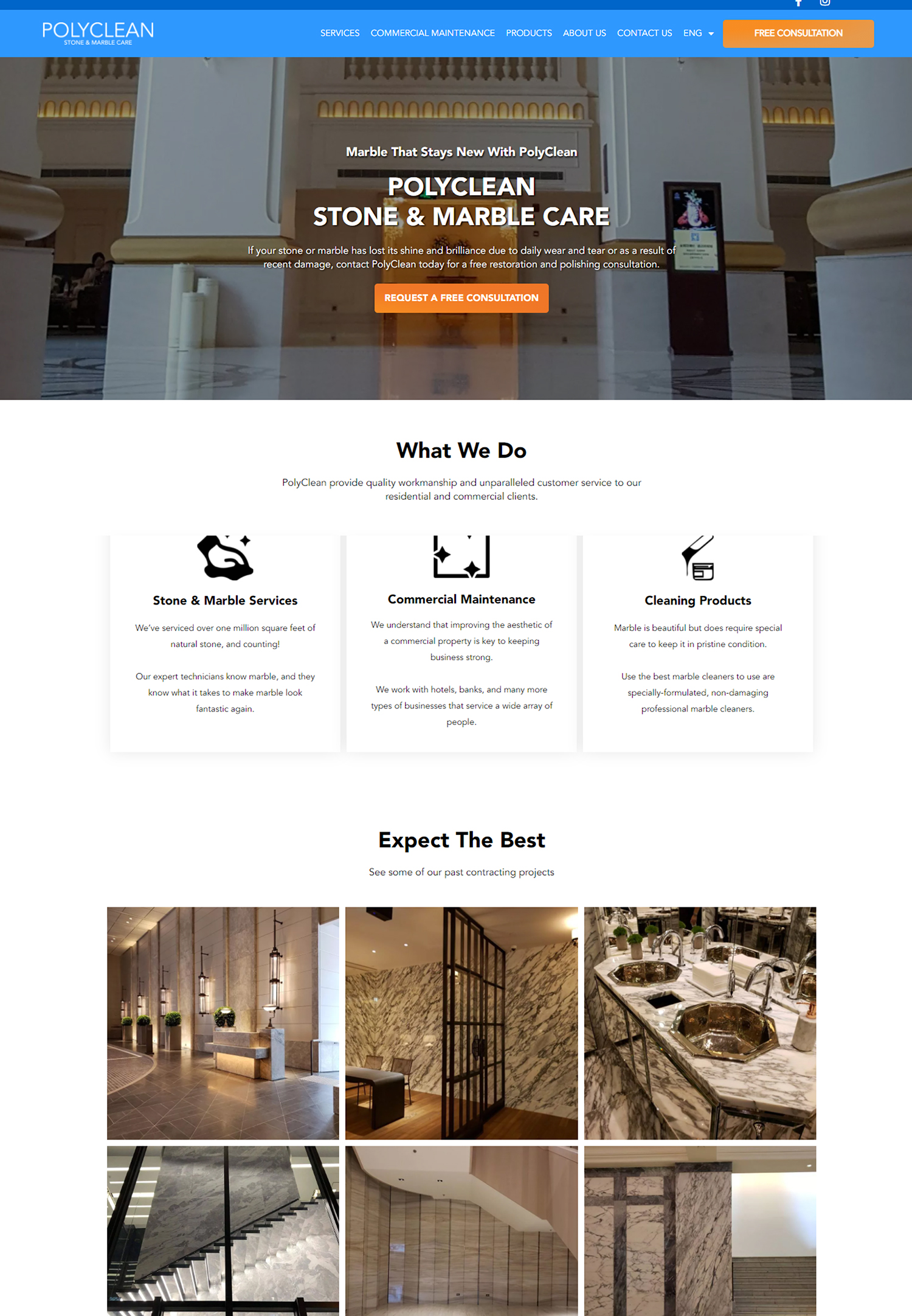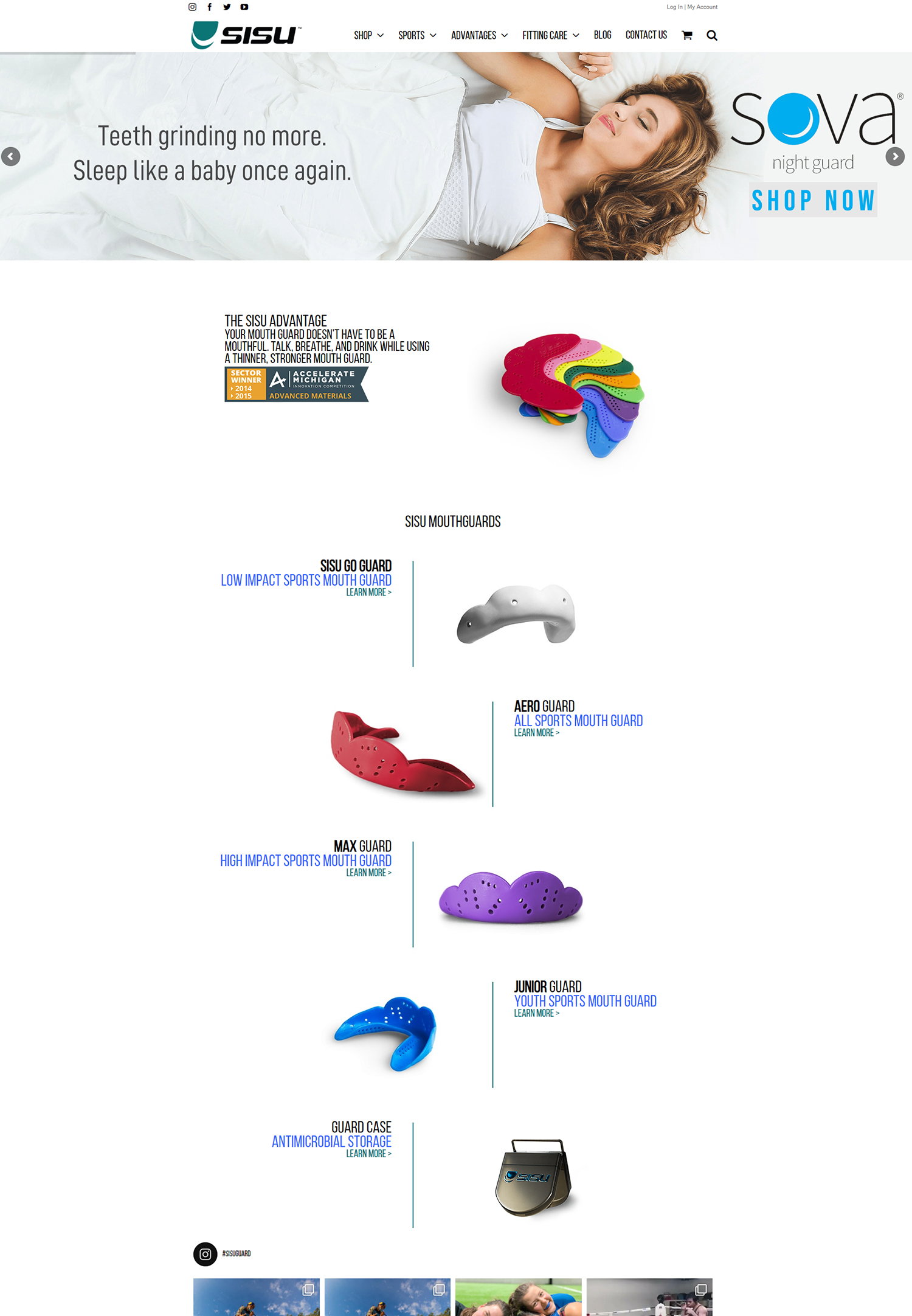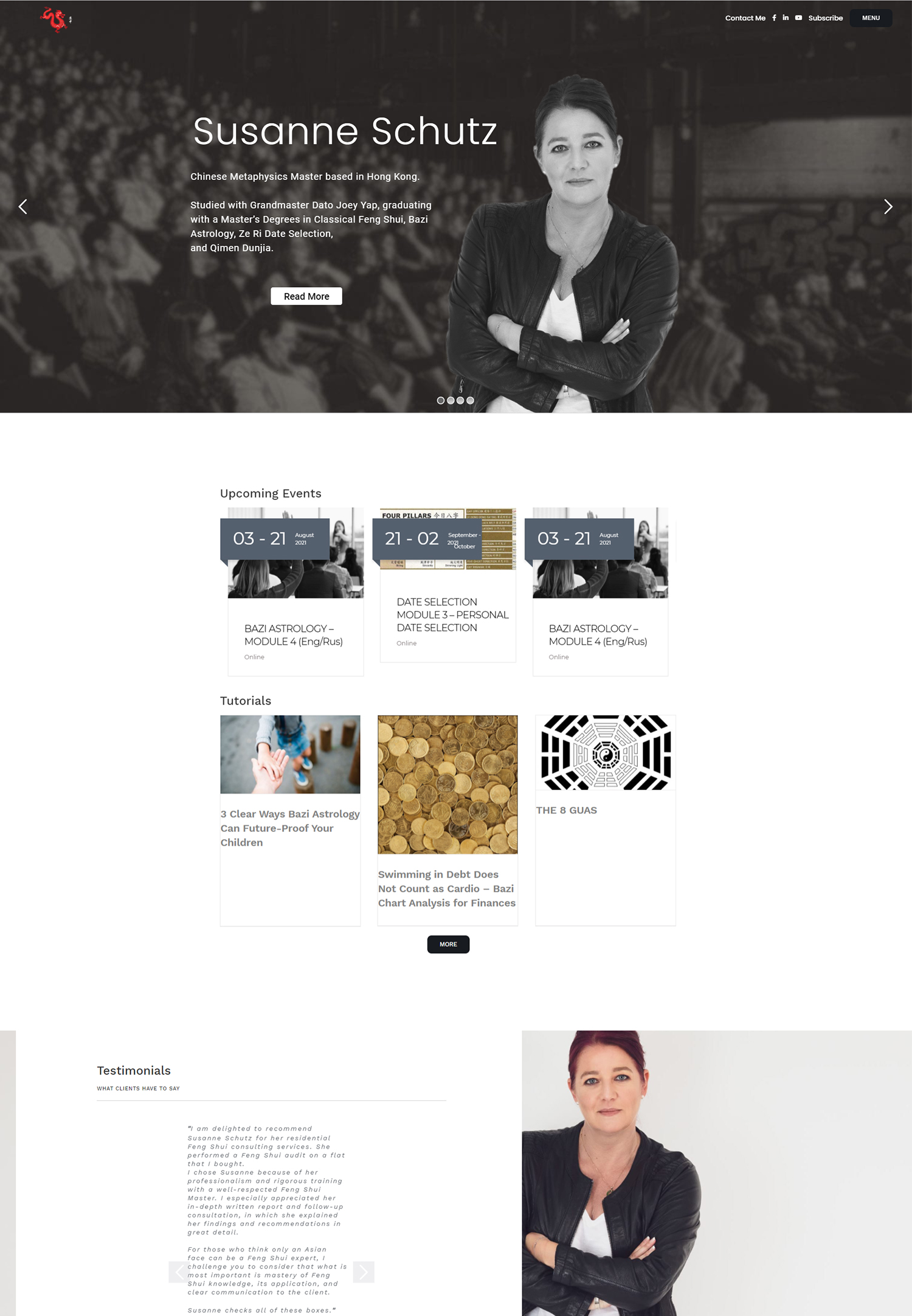Email marketing is still one of the best ways to connect with and engage audiences. Here are some strategies for success. Nonetheless, a number of important variables affect how well an email campaign performs. In order to make sure that your emails are understood by recipients and prompt the desired actions, this article explores key tactics that can improve your email marketing campaigns. A thorough understanding of your audience is essential for creating successful email campaigns.
Key Takeaways
- Understand your audience by conducting research and gathering data on their preferences, behaviors, and demographics.
- Craft compelling subject lines that are attention-grabbing, concise, and relevant to the content of your email.
- Personalize your emails by addressing recipients by their name and tailoring the content to their specific interests and needs.
- Use clear and concise language to communicate your message effectively and avoid overwhelming your audience with unnecessary information.
- Incorporate visual elements such as images, videos, and infographics to enhance the visual appeal and engagement of your emails.
- Create a clear and compelling call to action that prompts recipients to take a specific action, such as making a purchase or signing up for a newsletter.
- Test and optimize your emails by experimenting with different elements, such as subject lines and content, to determine what resonates best with your audience.
- Build trust and credibility by delivering valuable and relevant content, honoring your promises, and maintaining consistency in your email communications.
This entails understanding their interests, preferences, and pain points in addition to their demographics, which include age, gender, and location. Understanding what drives your audience can be gained by carrying out in-depth market research. For example, if you are trying to reach young professionals, you may discover that they prefer succinct communication and value time-saving solutions. On the other hand, a retiree demographic might value slower-paced instruction and more thorough information. In this situation, segmentation is a very useful tool.
You can customize your messaging to each audience’s specific needs by grouping them according to traits or behaviors they have in common. For instance, a fitness company may divide its clientele into groups like novices, intermediate users, & experienced athletes. Emails tailored to each group’s experience level would be sent, providing motivational material, product recommendations, & pertinent advice. In addition to raising engagement, this focused strategy strengthens the bond between the brand & its target market.
A Guide to Powerful Subject Lines. The subject line is the first thing recipients see when they receive an email, and it has a significant impact on whether or not they open it. In addition to being attention-grabbing, a compelling subject line should clearly state the content of the email. Action-oriented language can evoke a feeling of excitement or urgency. Making Subject Lines That Are Dynamic.
Adding personalization to subject lines can also greatly increase open rates. For example, instead of using a generic subject line like “Our New Products,” think about using something more dynamic like “Unlock Exclusive Access to Our Latest Collection!”. You can make the email seem more relevant by using the recipient’s name or bringing up their prior interactions with your brand. “John, Your Personalized Recommendations Await!” for instance, not only speaks directly to the recipient but also makes a suggestion about content that is specifically tailored to their interests. Enhancing Subject Lines to Encourage Engagement. Also, experimenting with various styles and lengths can help you determine what appeals to your audience the most.
To find out which formats result in higher engagement rates, A/B testing different subject lines can be helpful. Through this process, you can improve your strategy and write subject lines that will grab your recipients’ attention. Top Tips for Writing Effective Subject Lines.
You can create subject lines that successfully engage your audience and raise the possibility that your emails will be opened by combining these techniques. While crafting your subject lines, keep your target audience in mind and concentrate on striking a balance between being informative & attention-grabbing. The entire email experience should be personalized, not just the subject line.
You can craft emails that feel specifically customized for each recipient by utilizing information gathered from prior exchanges. Depending on previous purchases, this could entail sending birthday greetings with exclusive deals or product recommendations. For example, to increase conversion, an online bookshop may offer tailored reading recommendations based on the genres a customer has already investigated. Also, the email body itself can be personalized in real time thanks to dynamic content.
This implies that depending on their inclinations or actions, various recipients may view different content. An email might, for instance, highlight special offers on hiking gear for a customer who regularly peruses your website’s outdoor gear section. Customers feel appreciated and understood by the brand when they receive this degree of personalization, which increases engagement and encourages loyalty. Clarity and conciseness in email communication are critical in a time when people’s attention spans are getting shorter.
Your message must be delivered succinctly and efficiently because recipients are frequently overloaded with information. Choose simple language that gets right to the point rather than jargon or extremely complicated language that could confuse readers. Saying “Introducing our new product: [Product Name]” is an example of a better sentence than “We are excited to announce our latest product launch.”. By separating text and emphasizing important information, bullet points & brief paragraphs can improve readability. Lists can be used to concisely highlight features or benefits when presenting offers or important details.
When advertising a new service, for example, you may use bullet points to list the following three main benefits: 1) Save time with automated features; 2) Get round-the-clock customer support; and 3) Get access to special member discounts. Readers can rapidly understand the value proposition in this format without having to sift through lengthy paragraphs. Your emails’ overall appeal can be greatly increased by including visual components. Videos, infographics, and images can all better capture attention and deliver messages than just text. High-quality photos that highlight a new product’s features, for example, can encourage readers to find out more or buy it.
Also, incorporating images into your email can help break up text-heavy passages, improving its readability and aesthetic appeal. However, finding a balance between text & images is essential. Including too many images in an email can cause it to load slowly or set off spam filters. As a result, make sure that images enhance rather than overshadow the written content.
Also, since smartphones open a large percentage of emails, think about making your images mobile-friendly. The user experience is improved by responsive design, which makes sure that images show properly on a range of screen sizes. Developing a Strong Call to Action. The language is compelling and clear.
For your email campaign to have the desired effect, a well-written call to action (CTA) is crucial. The call to action (CTA) should be obvious and persuasive, regardless of whether you want them to buy something, register for a webinar, or download a resource. Words like “Shop Now,” “Join Us Today,” or “Download Your Free Guide” evoke a sense of urgency and inspire action, so use language that is action-oriented and encourages quick responses.
Placement in strategic context. The CTA’s placement is just as crucial. In order to make it stand out without being obtrusive, it should be placed in the center of the email. To highlight the call to action, use contrasting colors or buttons that complement your overall design style.
Taking into Account Various Reader Preferences. Including several calls to action (CTAs) in longer emails can also accommodate varying reader preferences. While some readers may be ready to take action right away, others may require additional information before making a decision.
Since email marketing relies heavily on continuous improvement, testing and campaign optimization should be a continuous process. By experimenting with various aspects of your emails, including subject lines, content layout, images, and calls to action, you can find out which ones your audience responds to the best using A/B testing. For instance, you could test two distinct subject lines for the same email to determine which one gets more opens. You can learn a lot about how well your emails are performing by examining metrics like open rates, click-through rates (CTR), conversion rates, and unsubscribe rates. Over time, use this data to improve your tactics.
Think about including more of that content in upcoming campaigns if you find that some kinds of content routinely outperform others. You should also listen to subscribers’ feedback and modify your strategy if they indicate a preference for particular subjects or formats. Building credibility and trust with your audience is essential to building enduring relationships with them through email marketing. Being open and honest with your subscribers about the frequency & type of content of your emails is crucial.
By honoring their choices & making it simple for them to change their preferences or unsubscribe, you can gain their trust. Also, displaying social proof—like client endorsements or case studies—can greatly increase credibility. You can reassure prospective customers about their choices by showcasing positive results from using your goods or services or by including reviews from happy clients. Also, as subscribers learn to identify and depend on your brand’s voice and values, upholding consistency in branding and messaging throughout all communications strengthens trust.
You can greatly improve your email marketing efforts by putting these tactics into practice: have a thorough understanding of your audience; create captivating subject lines; personalize content effectively; use clear language; carefully consider visual elements; create compelling calls to action; test thoroughly; & establish credibility. In order to create captivating campaigns that not only grab attention but also encourage deep connections with your audience, each element is essential.
If you are looking to improve your email marketing strategy, you may also be interested in learning about how to use video on your website. Incorporating video content can help increase engagement and conversions on your site, ultimately leading to more sales. Check out this article on how to use video on your website for tips and best practices.




